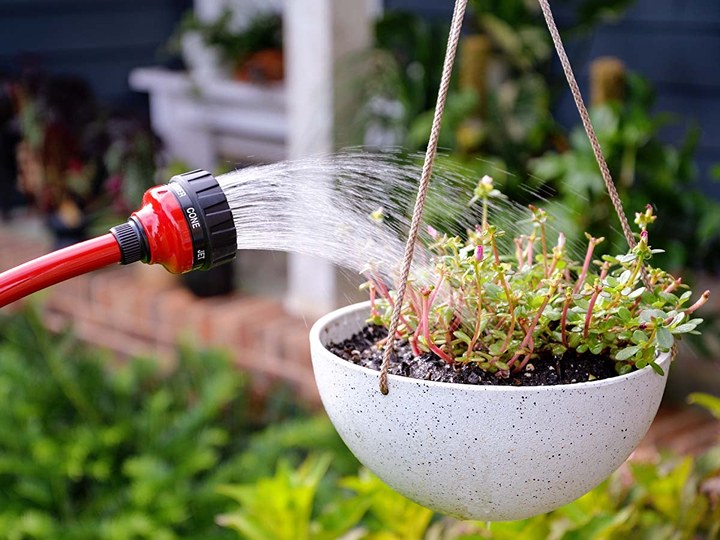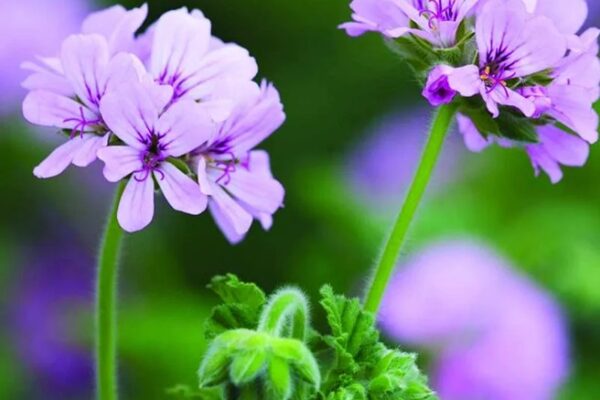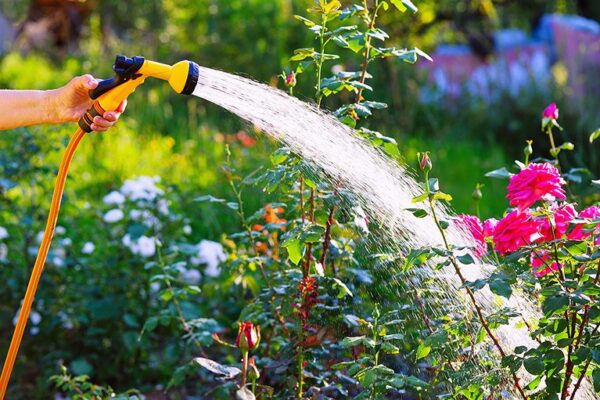13 Gardening Tools for a Beautiful Landscape
If you are new to gardening, you might be feeling overwhelmed and unsure about where to begin. However, to make things easier for you, we have compiled a range of informative guides and tips specifically designed for gardening beginners.
One of the most important things to consider when starting is having the necessary garden tools. Gardening tools are essential for maintaining a beautiful and healthy garden. While it can be tempting to purchase all the fancy and expensive landscaping tools out there, it’s important to stay focused on the basics. This will help prevent your shed or storage area from becoming overcrowded and save you from unnecessary expenses. A well-maintained set of gardening tools will make gardening easier and more enjoyable.
When shopping for gardening tools, consider the specific needs of your garden and choose tools accordingly. While it’s easy to get caught up in the desire for bigger and better tools, investing in high-quality tools that fit your budget and properly cleaning and storing your gardening tools will extend their lifespan and keep them in good working order and provide you with the best value for your money.
To get you started on any gardening project, here are 13 essential tools that you will need:
- Gloves to protect your hands
- A garden fork to turn soil and remove weeds
- A trowel for planting and digging small holes
- A rake for clearing debris and leveling soil
- A hoe for cultivating and weeding
- Secateurs or Pruners for trimming plants and bushes
- A watering can or hose for watering plants
- A wheelbarrow for transporting heavy loads
- Shears for cutting back larger plants
- A spade for digging large holes and moving soil
- A dibber for making holes for seeds or small plants
- A garden knife for cutting and shaping plants as needed
- A watering wand for gently watering your plants
Having these essential tools on hand will ensure that you are well-equipped to tackle any gardening task that comes your way, whether you are starting a new garden or maintaining an existing one.
1. Gloves
Although gardening is a fulfilling and enjoyable pastime, it can become a difficult and uncomfortable experience without the proper pair of gloves. Therefore, it’s essential to invest in a pair of gardening gloves to protect your hands from thorns and splinters when working in the garden.
There is a wide range of gardening gloves available in the market, each designed for specific jobs and weather conditions. However, a high-quality, versatile pair of gloves are perfect for most gardening tasks. Take those gloves which offer excellent protection, durability, flexibility, and allowing you to tackle a variety of jobs with ease. Whether you’re pulling out weeds or pruning roses, these gloves will keep your hands safe and comfortable.

2. Garden Fork
A garden fork is a useful tool for preparing vegetable plots and borders for planting. It is particularly effective at breaking up compacted soil and can easily penetrate stony ground. The back of the fork is also useful for breaking down clods of soil, making it ready for raking.
When selecting a garden fork, it’s important to consider the size and shape of the tines. Straight tines are ideal for digging, especially in compacted or rocky soil. Forks with a slight curve to the spines are useful for scooping mulch or turning compost piles, much like a pitchfork. Square tines are stronger than flat tines and can prevent bending when they hit rocks or roots.
A good garden fork should have a sturdy handle made of wood or fiberglass and a durable, rust-resistant blade made of stainless steel or carbon steel. The handle should be the appropriate length for your height and should be comfortable to hold. Investing in a high-quality garden fork will save you time and effort in the long run, allowing you to efficiently prepare your garden beds and borders for planting.
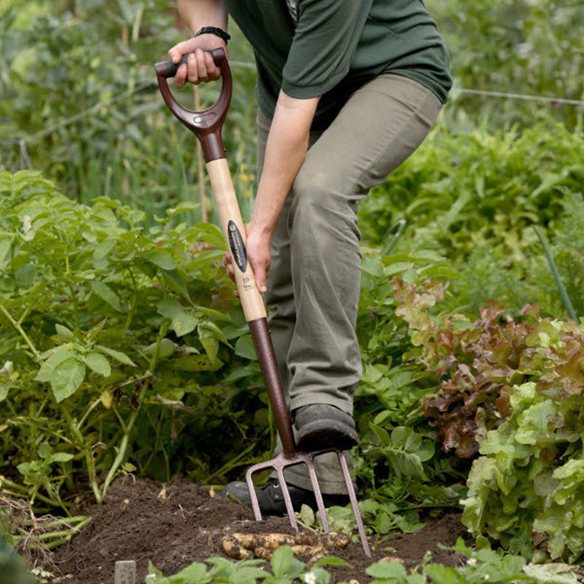
Hand fork
A hand fork, in particular, is a useful tool that can help break up compacted and clay soil, making it easier for you to plant and cultivate your garden. Additionally, it can cut through stony ground with ease, making it a versatile tool for a range of gardening tasks.
There are several different types of garden forks, each designed for specific purposes. For example, forks with a slight curve to the spines are excellent for scooping mulch or turning compost piles, similar to a pitchfork. On the other hand, straight tines are better for digging and are ideal for compacted, rocky, or clay soil.
If you’re looking for a fork that is particularly strong and sturdy, then square tines are a good option. They are stronger than flat tines, which can bend when they hit a rock or root, and are more effective at turning over soil.
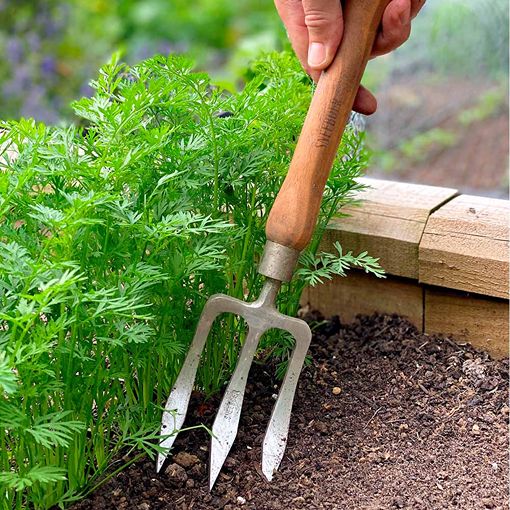
3. Hand trowel
A hand trowel is an essential tool that no gardener should be without. It is incredibly versatile and can be used for a wide range of gardening tasks, such as transplanting bedding plants and herbs, planting containers, and removing weeds.
In fact, a good garden hand trowel is useful for almost any job that requires digging or scooping, such as hand weeding, potting on, and seed sowing. It is an indispensable tool for any gardener, whether you’re a beginner or a seasoned pro.
When choosing a hand trowel, it’s important to invest in one that is made of high-quality materials such as stainless steel. This will ensure that it is rust-resistant and long-lasting, providing great value for your money. Additionally, it’s essential to choose a trowel that is comfortable to hold and use, with a sturdy handle and a blade that is sharp enough to cut through soil and plant roots with ease.
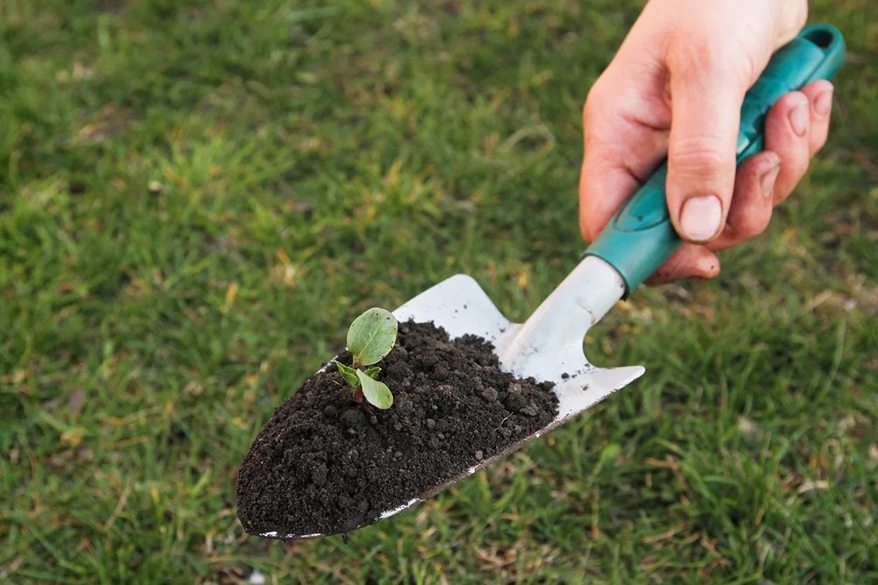
4. Rake
A ground rake is an important gardening tool that helps break down soil to a fine tilth suitable for sowing seeds. Its wide head and teeth enable the tool to open and level the surface of the soil, and pressing down the ground with the back of the rake helps to compact it.
The rake also comes in handy for clearing leaves and debris from your garden. While there are many different types of rakes available, a standard leaf rake is a good place to start. Adjustable rakes are also useful, as they can be used for different tasks such as gathering leaves or reaching narrow areas.
When choosing a rake, consider the material of the tines; steel tines are stronger but can be rough on delicate lawns, while plastic tines are gentler.
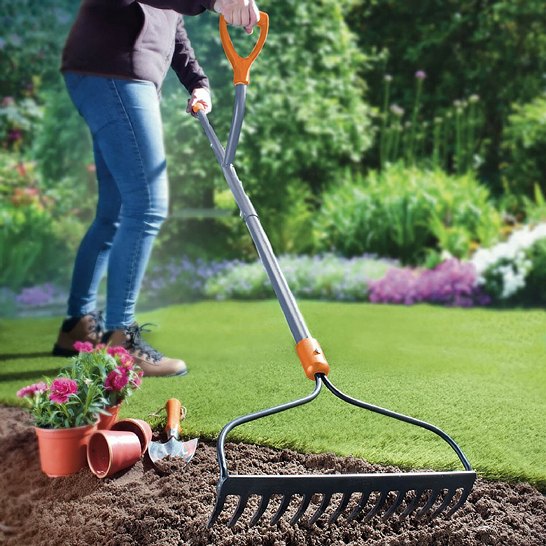
5. Hoe
The type of hoe that is best for your garden will depend on the type of garden you have. For a vegetable garden, a sturdy and wide hoe may be needed, while a thinner and more delicate hoe may be more appropriate for perennial gardens.
Hoes are very useful for preparing garden and flower beds, as well as for cutting down weeds. When choosing a hoe, look for a handle that is comfortable to hold and has a long reach. A sharp blade will work better and make it easier to use.
There are different types of hoes, such as weeding hoes, also known as hula or stirrup hoes, which have an open square head and are pushed back and forth just under the soil surface to cut down top growth. Flat hoes are good for turning the soil in rows in vegetable gardens.
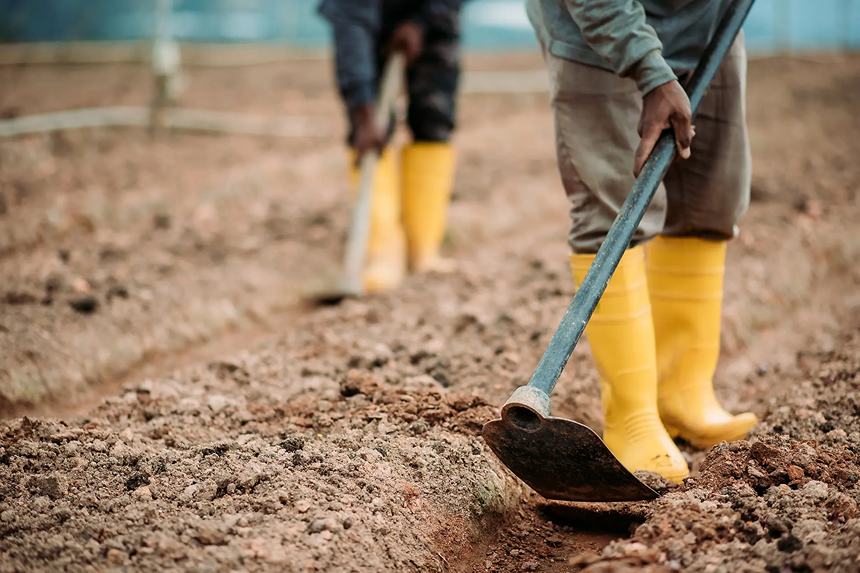
6. Secateurs
Maintaining the appearance and health of your plants is an important aspect of gardening, and one of the most common tasks involved is pruning and tidying them up. This is where a reliable pair of secateurs comes in, as they are an essential tool that can make this process much easier and more efficient.
Secateurs, also known as garden clippers, are similar to scissors and are operated with one hand, making them highly practical and versatile. They are designed to cut through small branches, stems, and foliage with precision and ease, allowing you to prune your plants with accuracy and care.
Investing in a good pair of secateurs is highly recommended, as they will undoubtedly become one of your most valuable pieces of gardening equipment. With proper maintenance, they can last for many seasons, and make a significant difference to the overall health and appearance of your garden.
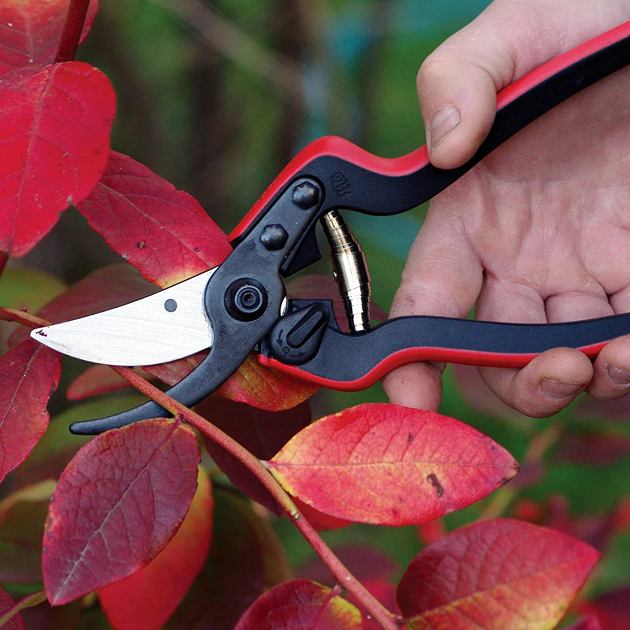
7. Watering Can
To care for your plants properly, they need to be watered, fed, and nurtured, and an essential tool to achieve this is a watering can. Not only are watering cans easy to use, but they also allow you to direct the water to specific areas where it’s needed, preventing wastage compared to using a hose. There are two basic types of watering cans – plastic and metal – and they come in different sizes, colors, styles, and nozzle options.
Plastic watering cans are lightweight and easy to handle, but they may not be as durable as metal ones. On the other hand, metal watering cans should be galvanized to resist rusting, ensuring that they last longer. When choosing a watering can, it’s essential to consider its size relative to your strength. Remember that a gallon of water weighs over 8 pounds, so you need to be able to carry it comfortably. The handle position is also important, as it should allow you to carry a full can and pour easily.
Two-handled designs are preferable for children or elderly gardeners, as they provide better stability. Ultimately, the choice of watering can depend on your personal preference and the needs of your garden. A well-chosen watering can is an indispensable tool in any gardener’s arsenal, helping you keep your plants healthy and thriving.
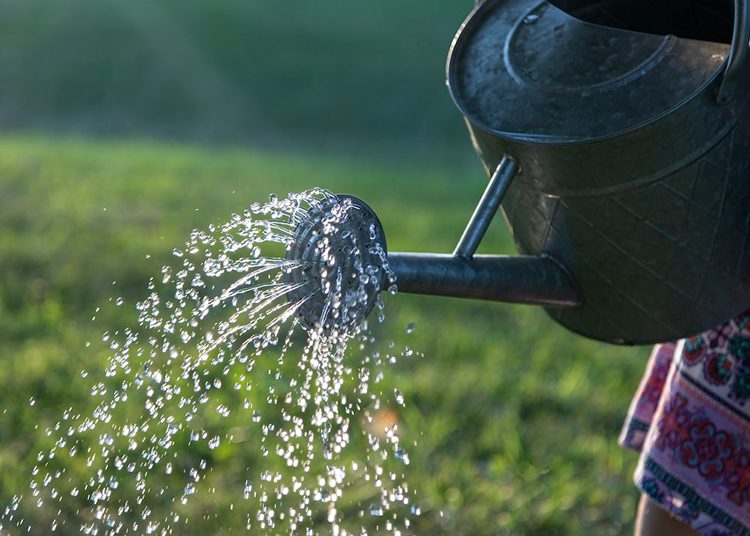
8. Wheelbarrow
A wheelbarrow is a must-have tool for any backyard that involves moving heavy loads of soil, mulch, or compost around. Traditional dual-handle, single-wheel designs can be challenging to balance when the load is unevenly distributed or too heavy.
Therefore, single-handle two-wheel models are recommended, as they are easier to balance and can be pulled over rough terrain with ease. Additionally, single-handled wheelbarrows can be pushed or pulled with one hand, which can be beneficial for gardeners with limited strength.
When storing your wheelbarrow, make sure to keep it clean and dry to prevent rusting. Also, ensure the wheels are correctly inflated to make wheeling easier.

9. Shears
Shears are an indispensable tool for trimming hedges, grass, and other plants in your garden. They are also useful in dressmaking for cutting fabrics and for cutting animals’ fleece to make wool.
In addition, some types of shears are designed for cutting cooked poultry. Overall, shears are versatile and can be used in various situations, making them a great addition to your gardening and household tool kit.
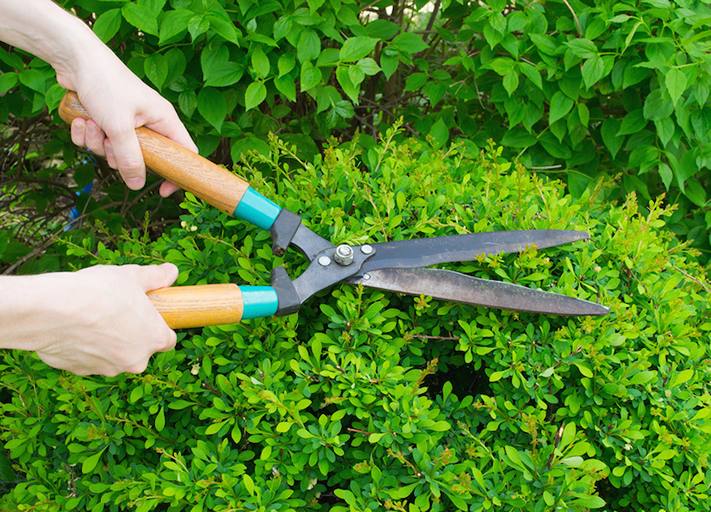
10. Spade
Don’t be confused between spade and Hoe both are different and use for different purpose. A spade tool is use for digging and planting, and it should be high on your list of garden tools. It is particularly useful for digging holes for plants, edging, lifting sod, and moving small mounds of dirt from one area to another, making your gardening tasks much easier.
A good quality spade should have a sturdy handle made of wood or fiberglass and a durable, sharp blade made of stainless steel or carbon steel. The blade should be well-sharpened to easily penetrate the soil and cut through roots.
When selecting a spade, it’s essential to consider the weight and length of the handle. Choose a spade that feels comfortable in your hand and is the appropriate length for your height. A spade with a D-shaped handle is easier to grip and can provide better leverage when digging. Investing in a high-quality spade will save you time and effort in the long run, allowing you to enjoy your gardening activities without unnecessary strain on your body.

11. Dibber
A dibber is a gardening tool that is used to create holes for planting seeds and seedlings. This long, stick-like tool is designed to ensure that seeds and seedlings are buried in the soil at the appropriate depth without being damaged.
The width of a dibber can vary depending on the intended use, with thinner dibbers being best suited for sowing seeds and cuttings, while thicker ones are more appropriate for planting small bulbs. By using a dibber, gardeners can ensure that their plants are properly planted, which can help to promote healthy growth and development.
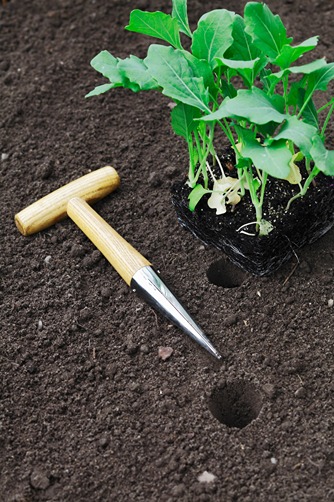
12. Garden Knife
A garden knife is a must-have tool for any gardener as it can be used for a variety of tasks such as weeding, transplanting, cutting sod, and dividing plants. In addition, some garden knives have a ruler etched into the steel that is useful for measuring depths when planting bulbs or seeds.
This feature ensures accurate planting and avoids the possibility of planting bulbs or seeds too deep or too shallow. Furthermore, the sharp tip of the blade is great for drawing lines into the soil for planting gauges. This helps to ensure that plants are spaced evenly and in a straight line, which is important for the aesthetic of a garden.
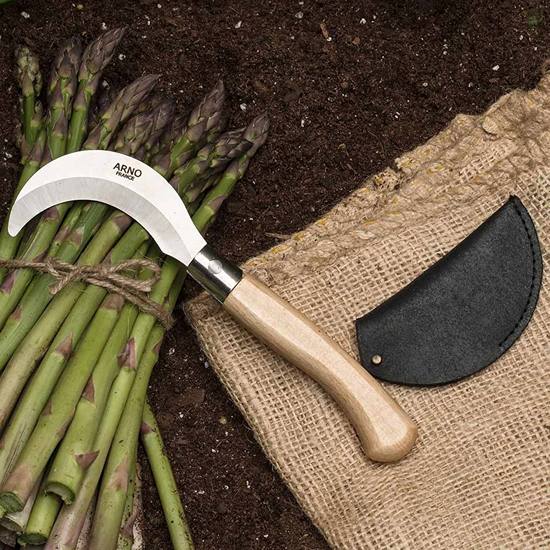
13. Watering Wand
A watering wand is a great tool for gently watering your plants. Its unique design allows for a gentle, rain-like flow of water, which is perfect for delicate plants and flowers. Additionally, it has an extended reach that is helpful for watering out-of-the-way containers, hanging plants, or plants at the back of the garden bed.
Watering wands are available in different lengths, ranging from 10 to 48 inches, and you should choose the length that is appropriate for your needs. Longer wands are best for high-hanging baskets, while shorter wands are better for tight spaces. The handle of the wand often includes built-in shut-off valves, which conserve water and allow you to adjust the flow to suit your needs.
